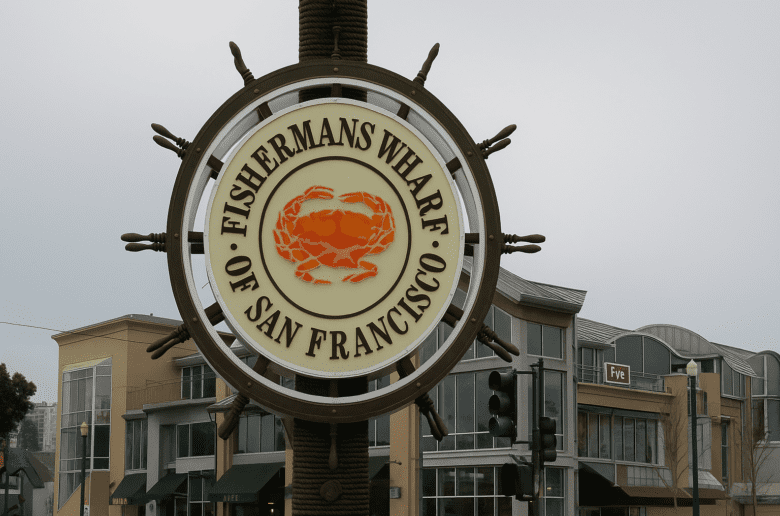
A Year In Review: Top Culinary Journeys & Trends in 2024
As the sun sets on 2024, the culinary world stands transformed by a fusion of innovation, sustainability, and global flavors. This year has been a gastronomic journey, reflecting changing demographics, technological advancements, and a profound commitment to environmental consciousness. From the surge of plant-based delicacies to the nostalgic revival of traditional techniques, let’s delve into the top culinary trends that have shaped our palates and dining experiences this year.
Sustainability Takes Center Stage

In 2024, sustainability wasn’t just a buzzword; it became the cornerstone of culinary innovation. Chefs and home cooks alike embraced zero-waste cooking practices, turning food scraps into gourmet delights. Regenerative farming practices gained momentum, focusing on soil health and biodiversity to produce ingredients bursting with flavor and nutrition.
The industry saw a significant shift towards circular food systems, where every part of an ingredient found a purpose. For instance, the skins of fruits and vegetables, once discarded, were creatively repurposed into stocks, garnishes, and even artisanal products like marmalades and candied peels. This not only reduced waste but also introduced diners to new flavor profiles.
Zero-waste cooking inspired culinary artists to think outside the box. Restaurants started to offer menus that showcased dishes made entirely from typically unused parts of ingredients. This trend not only highlighted the chefs’ creativity but also educated consumers on the importance of sustainability in food production.
Moreover, initiatives protecting forests and water sources resonated with consumers. Diners became more conscious of the environmental impact of their food choices, opting for establishments and products that prioritized ethical sourcing and minimal ecological footprints. Brands like Sustainable Seafood Initiatives in Fine Dining championed responsible consumption, making sustainability a delicious choice.
The Plant-Based Revolution Soars
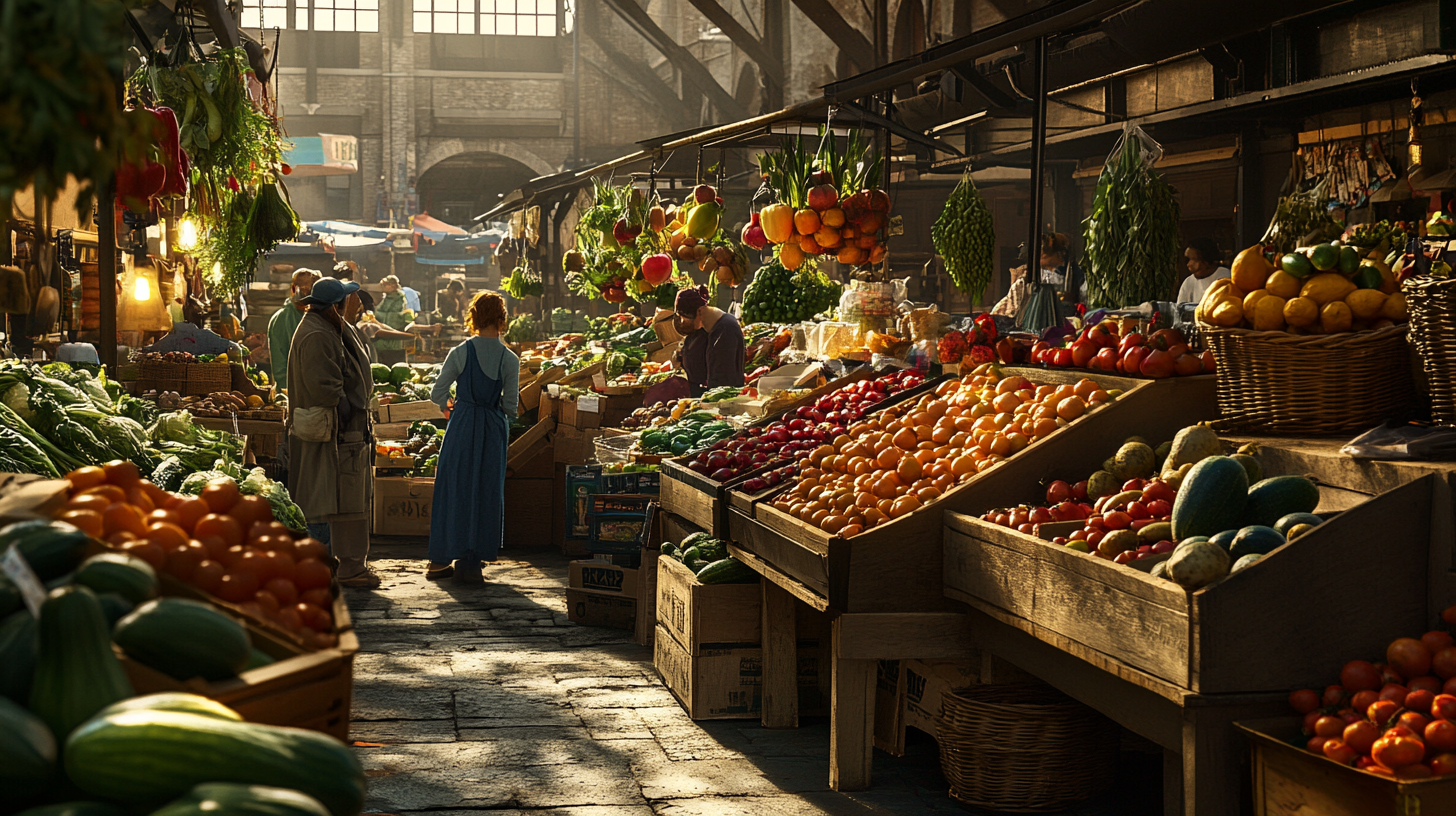
The plant-based revolution reached new heights in 2024, driven by environmental concerns and a quest for healthier lifestyles. Advances in food technology resulted in plant-based options that not only mimicked the taste and texture of meat but also offered unique culinary experiences.
Alternative proteins expanded beyond soy and pea proteins to include innovative sources like mycelium-based meats and lab-grown alternatives. These developments provided sustainable and ethical options without compromising on flavor or nutrition. Consumers were particularly intrigued by products made from mycelium, the root structure of mushrooms, which offered a meaty texture and umami-rich taste.
Sophisticated plant-based dishes became staples in fine dining. Chefs crafted menus that celebrated vegetables as the main attraction rather than as side dishes. Ingredients like ube, a vibrant purple yam, emerged as the flavor of the year, captivating diners with its unique taste and eye-catching color in both savory and sweet applications. Explore recipes featuring this trend at Innovative Ube Dishes Transforming Menus.
Brands and restaurants enhanced their storytelling around plant-based offerings, emphasizing not just the health benefits but also the rich culinary traditions from which these dishes originated. This approach resonated with consumers seeking both flavor and authenticity in their dining experiences. The rise of Plant-Based Culinary Schools Empowering Chefs Worldwide reflects this growing demand.
Fusion Cuisines and Global Flavors
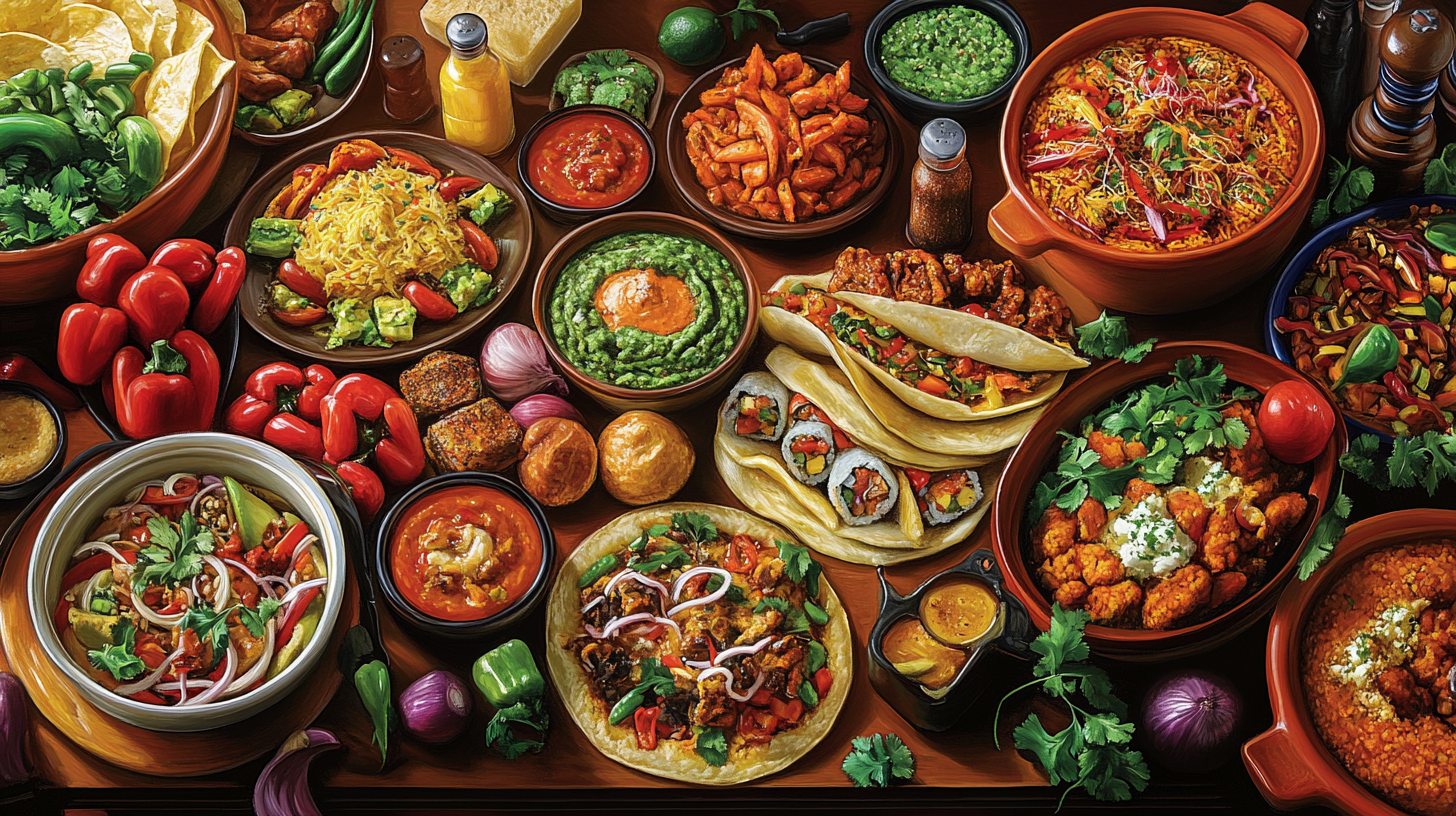
The world became a smaller place in culinary terms, with fusion cuisines blending global flavors with local ingredients. Chefs drew inspiration from diverse cultures, creating dishes that transcended traditional boundaries. This trend satisfied diners’ adventurous palates and desire for new experiences.
Notably, Indian cuisine gaining traction in Western countries brought regional Indian flavors to the forefront, reimagining classics with a modern twist. Dishes like butter chicken tacos and saffron-infused risottos became popular, showcasing the harmonious blend of Indian spices with Western culinary techniques. Discover more about this trend at The Rise of Modern Indian Fusion Cuisine.
The rise of global fusion flavors was also evident in the popularity of dishes like sourdough conchas, a Mexican pastry enriched with sourdough for a unique texture and flavor profile. Innovative bakeries mixed cultural influences, redefining what American baking could be and introducing diners to an array of international treats.
Culinary crossovers weren’t limited to the kitchen. Chefs collaborated across borders, hosting pop-up events and guest appearances that allowed them to share and celebrate each other’s traditions. These collaborations enriched the dining scene, offering patrons a tapestry of flavors and techniques from around the world. Events like International Chef Exchange Programs Enhancing Global Cuisine exemplify this movement.
Technological Innovations Redefine Dining

Technology played a pivotal role in 2024, enhancing both the culinary creation process and the dining experience. The integration of AI-driven culinary tools and 3D food printing opened new avenues for creativity and efficiency. Chefs used AI to experiment with flavor pairings, optimize recipes, and predict dining trends.
3D-printed food moved from science fiction to reality, allowing for intricate designs and customized textures that were previously impossible. This technology was particularly popular in the pastry and dessert sectors, where presentation is as crucial as taste. Diners were delighted by edible sculptures and personalized confections that elevated dining into an art form. Learn more at Advancements in 3D Food Printing Technology.
The advent of smart kitchen appliances integrating with recipe platforms made cooking more accessible at home. Appliances connected to recipe databases guided users through cooking processes, adjusting temperatures and timings automatically to ensure perfect results. Virtual cooking classes became mainstream, connecting home cooks with professional chefs worldwide, fostering a global culinary community through platforms like Global Virtual Cooking Class Platforms Connecting Chefs and Foodies.
Restaurants also embraced technology to enhance customer engagement and convenience. AI integration in restaurant services streamlined operations, from reservations to personalized menu recommendations based on dietary preferences and past orders. This personalized touch improved customer satisfaction and loyalty. Explore how at AI-Powered Personalization in Modern Dining Experiences.
Comfort Foods with a Gourmet Twist
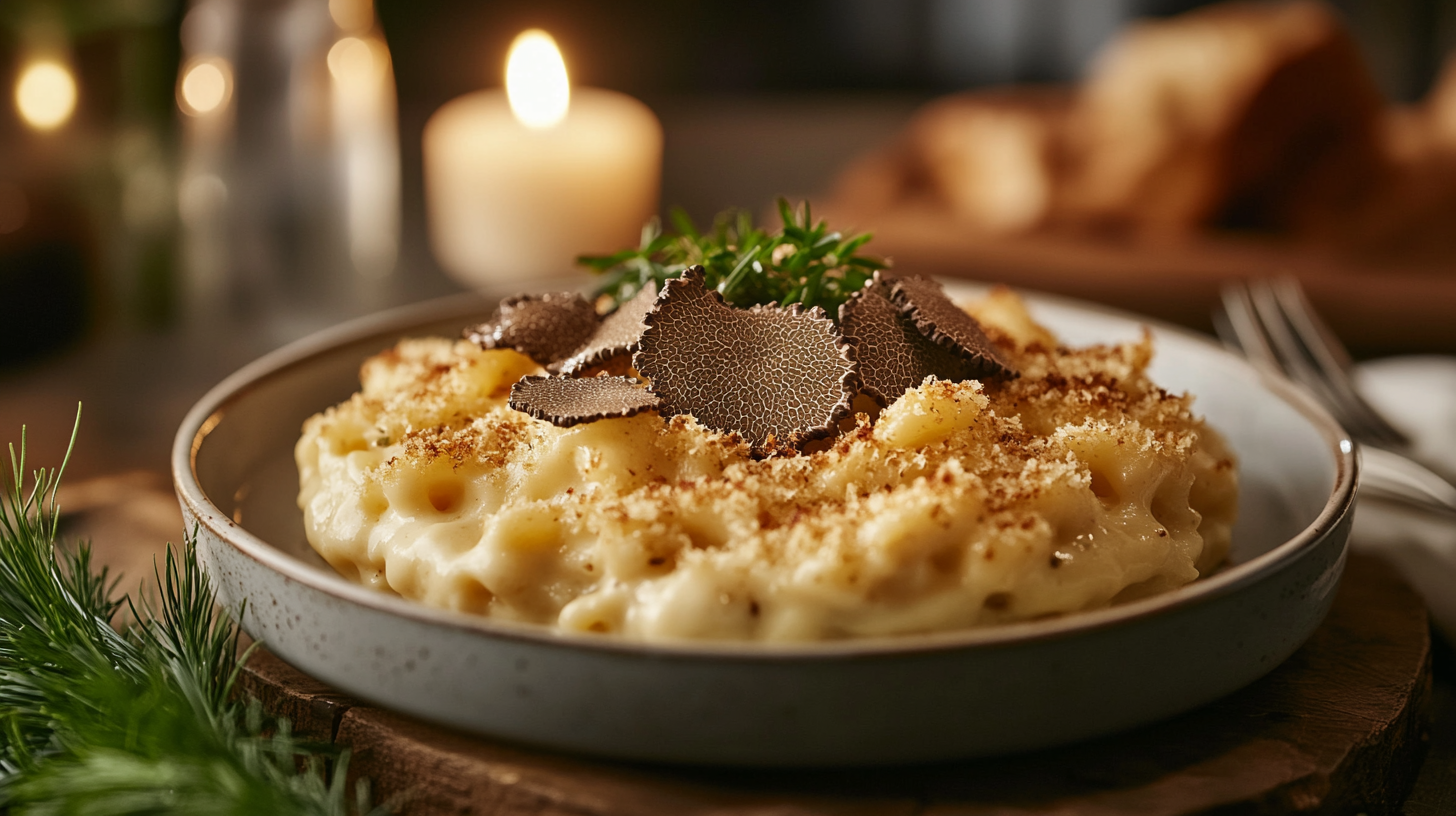
Amidst global uncertainties, diners sought solace in comfort foods elevated to gourmet status. Chefs reimagined classics, infusing them with high-quality ingredients and innovative techniques. The “Adult Happy Meal” trend epitomized this movement, pairing sophisticated cocktails like martinis with elevated versions of fries and burgers. Discover the best spots at Top Restaurants Serving Gourmet Comfort Foods.
Caviar everywhere became a notable trend, with this luxury ingredient appearing in unexpected dishes across various dining formats. From caviar-topped pizza slices to indulgent caviar-laden pasta, the once-exclusive delicacy became more accessible, offering a taste of opulence to a broader audience. Learn about innovative caviar dishes at Creative Uses of Caviar in Contemporary Cuisine.
The duck revival in modern menus saw this rich meat gain popularity over traditional proteins. Restaurants featured duck in myriad preparations, from classic confits to creative interpretations like duck ramen and duck-stuffed dumplings, satisfying diners’ craving for indulgent and hearty meals. Experience this trend at Restaurants Leading the Duck Revival Movement.
Even the humble grilled cheese received an upgrade, with chefs incorporating artisanal cheeses, truffle oils, and rustic breads. These gourmet comfort foods provided a sense of nostalgia while introducing new flavors and experiences. Find inspiring recipes at Elevated Grilled Cheese Recipes for the Gourmet Home Cook.
Nostalgia and Community in Dining
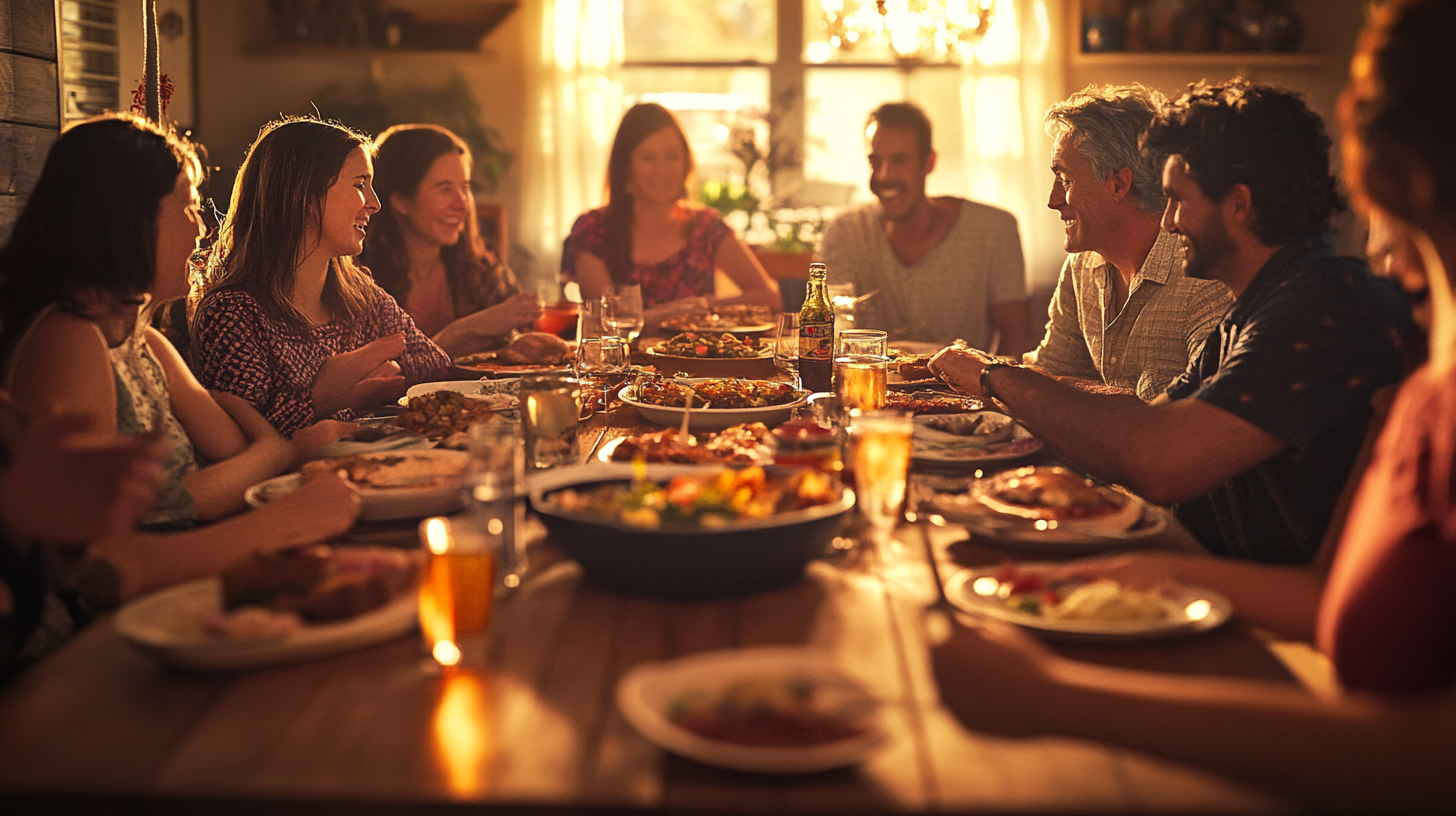
2024 witnessed a yearning for nostalgia and community in the culinary scene. The resurgence of “zombie restaurants” reopening due to popular demand highlighted diners’ desire for familiar and beloved dining experiences. Read about this phenomenon at The Comeback of Beloved Eateries: Zombie Restaurants Explained.
Nostalgic dinnerware and grandma plates became dining staples, evoking the warmth and comfort of home-cooked meals. These vintage serveware pieces added a sentimental touch to dining, enhancing the overall experience beyond just the food. Explore this trend at Incorporating Vintage Dinnerware in Modern Dining Settings.
Cookbook clubs fostering community engagement emerged as a popular social activity, bringing people together to share dishes and recipes from selected cookbooks. This trend fostered community engagement and provided a platform for food enthusiasts to connect and learn from each other. Join a local group at Find Cookbook Clubs in Your Area.
The celebration of traditional baked goods like conchas showcased an appreciation for cultural heritage and the creativity of bakers. By embracing time-honored recipes and techniques, the culinary world paid homage to its roots while satisfying contemporary tastes. Learn to bake your own at Traditional Concha Recipes for Home Bakers.
Rise of Artisanal and Functional Foods
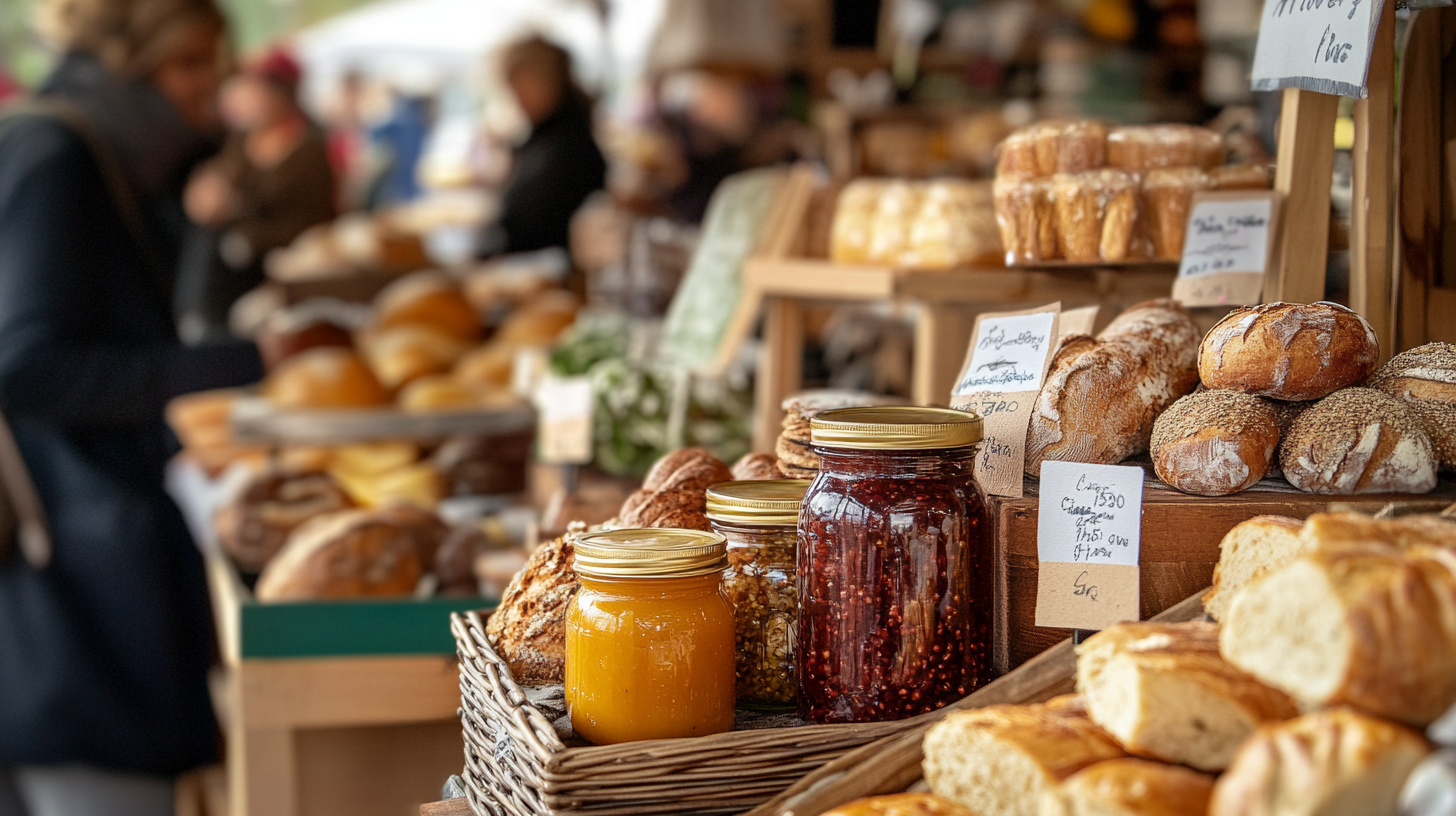
Consumers became increasingly health-conscious, driving the popularity of functional foods and superfoods offering health benefits. Ingredients like fermented products rich in probiotics and nutrient-dense options such as moringa and yuzu were in high demand. Discover their benefits at The Health Advantages of Incorporating Superfoods into Your Diet.
Cottage cheese recipes experienced a surprising surge in usage, propelled by health influencers promoting its high protein content and versatility. Recipes featuring cottage cheese in both sweet and savory dishes flooded social media, inspiring a wave of creative culinary explorations at home. Try new recipes from Creative Ways to Use Cottage Cheese in Everyday Meals.
Artisanal products gained prominence, with a focus on ingredient transparency and sustainable sourcing. Consumers showed keen interest in the stories behind their food, valuing products crafted with care and sustainable practices. This spurred growth in locally sourced and small-batch goods. Support local artisans at Marketplace for Locally Sourced Artisanal Foods.
The beverage sector mirrored these trends, with an increased demand for sophisticated non-alcoholic cocktails and wellness drinks. Health-conscious consumers sought out drinks that offered wellness benefits without compromising on flavor, leading to innovative concoctions featuring herbs, spices, and exotic ingredients. Mix your own at Recipes for Crafting Non-Alcoholic Wellness Cocktails at Home.
Experiential and Personalized Dining

The dining experience in 2024 extended beyond the plate, emphasizing ambiance, interaction, and personalization. The rise of experiential dining events engaging all senses saw restaurants curating environments that engaged all the senses, from multisensory installations to thematic decor that transported diners to different worlds. Find unique experiences at Top Experiential Dining Destinations Worldwide.
Personal chef services offering bespoke culinary experiences like Chef007 LLC – Personalized Culinary Services offered bespoke dining experiences in intimate settings. These services catered to consumers’ desire for convenience, luxury, and personalized attention, providing tailor-made menus for special occasions and private gatherings.
Interactive dining concepts encouraging guest participation became popular, with establishments encouraging diners to participate in the culinary process. This ranged from build-your-own dish options to cooking stations where patrons could learn and engage with chefs directly, enhancing the connection between diners and their food. Experience this trend at Restaurants with Interactive Dining Experiences Near You.
Furthermore, culinary wellness retreats melded the worlds of travel and gastronomy. These retreats focused on health, sustainability, and immersive culinary education, allowing participants to explore local cuisines and cooking methods while nurturing their well-being. Plan your retreat at Top Culinary Wellness Retreats Around the Globe.
Looking Forward to 2025

As we reflect on the top culinary journeys and trends of 2024, it’s evident that the food industry is in the midst of a dynamic evolution. The emphasis on sustainability, global flavors, technological integration, and personalized experiences has reshaped how we perceive and enjoy food. The convergence of tradition and innovation promises a vibrant future for gastronomy.
With consumers increasingly demanding transparency, ethical practices, and unique dining experiences, the stage is set for even more exciting developments in 2025. Anticipate trends like hyper-local sourcing and foraging, as well as the integration of virtual reality in dining experiences. As we savor the flavors of this year, we look forward to the culinary adventures that await us, confident that the industry will continue to delight and surprise our palates.
Whether it’s through embracing new ingredients, revisiting nostalgic favorites, or exploring cutting-edge technologies, the journey of food remains an ever-evolving adventure that unites us all. Stay tuned to Future Culinary Trends Forecast for 2025 for the latest updates on what’s cooking in the culinary world.
For insightful commentary, trend analysis, and the latest updates across the culinary world, make your next stop BoardingArea. Discover how the intersection of travel and food continues to enrich our global dining experiences.




